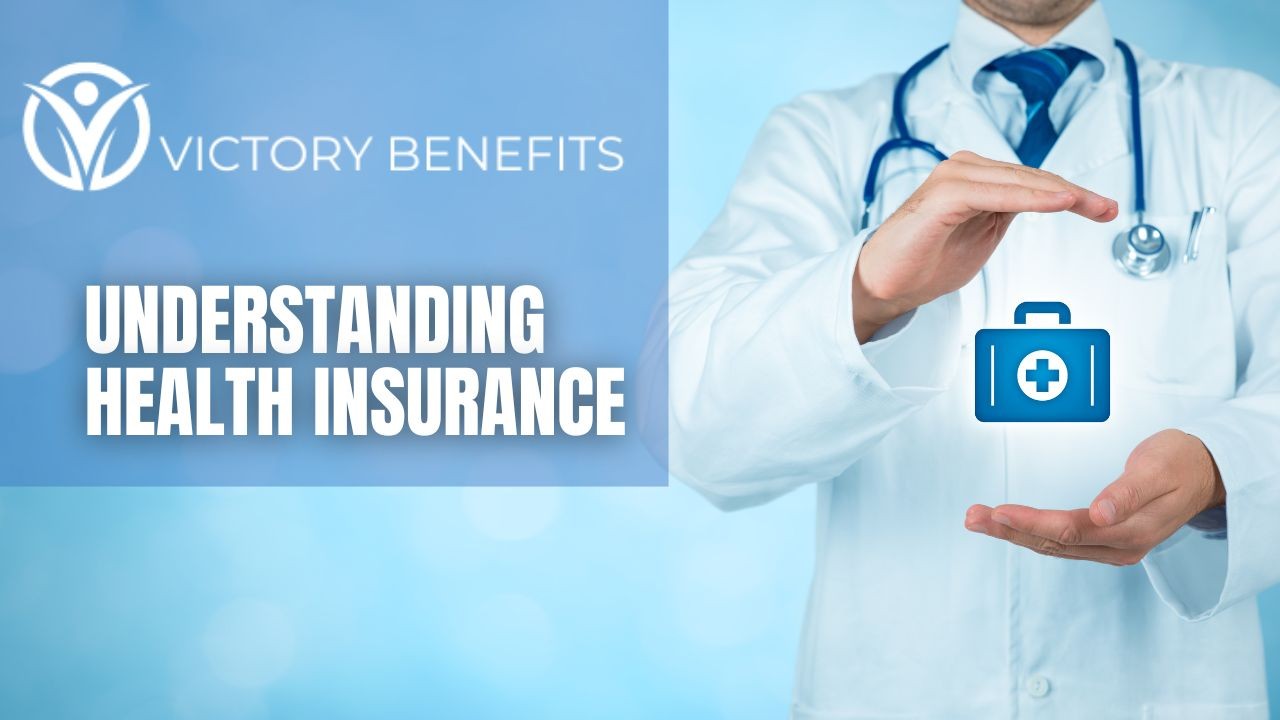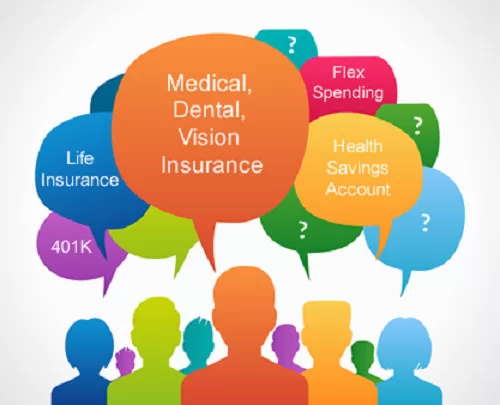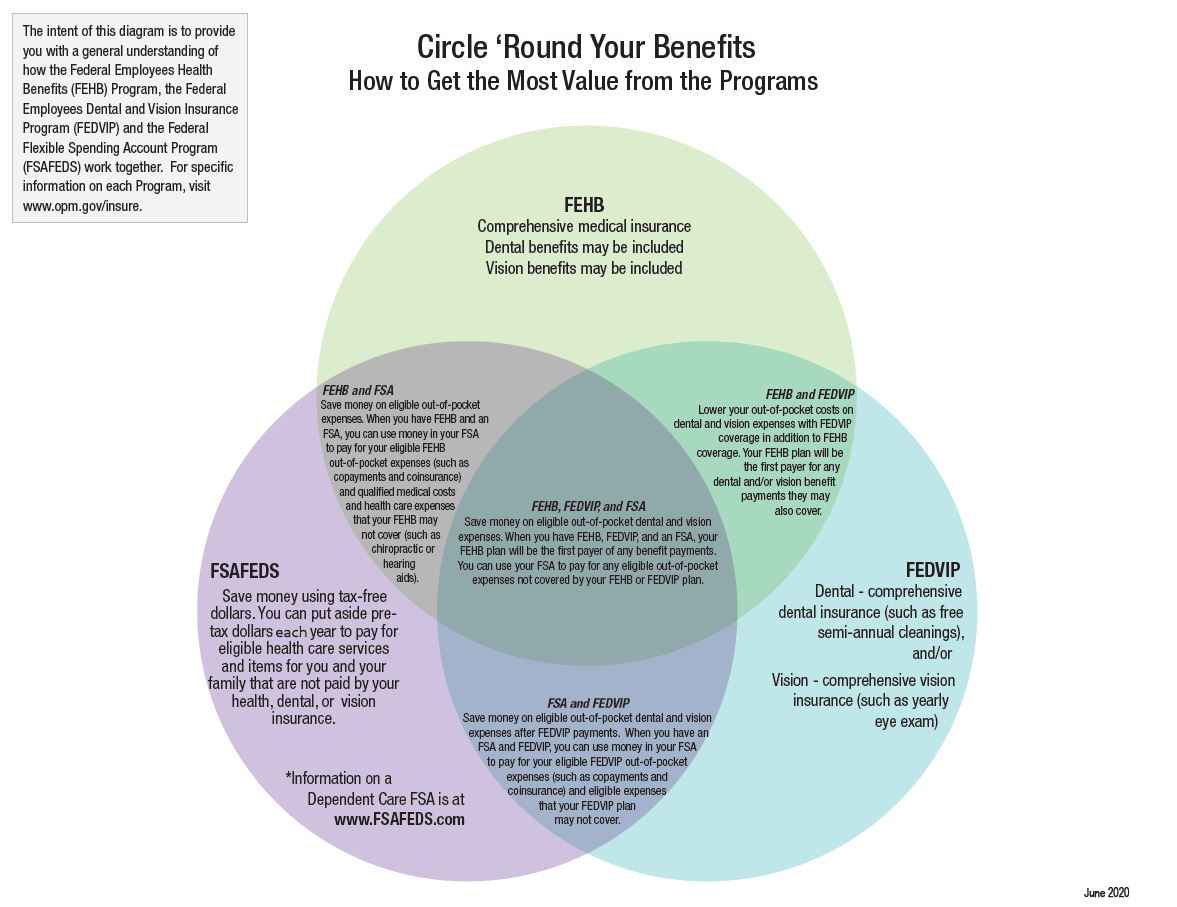Medicare Advantage Agent Things To Know Before You Get This
Medicare Advantage Agent Things To Know Before You Get This
Blog Article
4 Easy Facts About Medicare Advantage Agent Explained
Table of ContentsThe Only Guide for Medicare Advantage AgentAbout Medicare Advantage Agent6 Easy Facts About Medicare Advantage Agent Shown

adheres to from puzzling the fairly young age profile of the without insurance with the much better health and wellness, usually, of more youthful persons. This obscures the web link between health standing and medical insurance. For those without access to workplace medical insurance, poor wellness is a potential barrier to purchasing nongroup coverage due to the fact that such protection may be extremely valued, exclude preexisting problems, or be simply inaccessible. The variety of uninsured Americans is not especially big and has actually not changed in current years. 7 out of ten respondents in a nationally depictive survey assumed that fewer Americans lacked health insurance policy than actually do(Fronstin, 1998). Approximately half(47 percent )believed that the variety of people without wellness insurance reduced or stayed consistent over the latter half of the last years(Blendon et al., 1999). This decrease of nearly 2 million in the variety of people 'without insurance (a decrease
of around 4 percent)is absolutely a positive change. With a softer economic situation in 2000 the most up to date reported gains in insurance policy protection may not proceed(Fronstin, 2001 ). The decline in the number of uninsured will certainly not proceed if the economy stays slow and healthcare costs remain to outpace rising cost of living. This is due to the fact that the information were gathered for a period of strong economic performance. Of the estimated 42 million people who were uninsured, just about regarding 420,000(regarding 1 percent)were under 65 years of age, the age at which most Americans become eligible for Medicare; 32 million were adults between ages 18 and 65, around 19 percent of all adults in this age team; and 10 million were children under 18 years old, about 13.9 percent of all children (Mills, 2000). These estimates of the number of persons uninsured are generated from the annual March Supplement to the Existing Populace Survey (CPS), performed by the Census Bureau. Unless or else noted, nationwide price quotes of individuals without health insurance policy and percentages of the populace with different kinds of coverage are based upon the CPS, one of the most extensively made use of source of quotes of insurance policy protection and uninsurance prices. These surveys and the quotes they yield are defined briefly in Table B. 1 in Appendix B - Medicare Advantage Agent. These surveys vary in size and sampling approaches, the inquiries that are inquired about insurance coverage
7 Easy Facts About Medicare Advantage Agent Shown
coverage, and the moment period over which insurance policy coverage or uninsurance is determined(Lewis et al., 1998, Fronstin, 2000a ). Still, the CPS is particularly useful since it produces annual quotes reasonably rapidly, reporting the previous year's insurance policy coverage approximates each September, and due to the fact that it is the basis for a regular set of quotes for more than two decades, permitting evaluation of fads in protection gradually.

4 Simple Techniques For Medicare Advantage Agent
Over a three-year period beginning early in 1993, 72 million individuals, 29 percent of the U.S. population, were without coverage for at least one month. Within a solitary year(1994), 53 million people experienced at the very least a month without protection(Bennefield, 1998a). 6 out of every ten without insurance adults are themselves employed. Functioning does boost the probability that one and one's family participants will certainly have insurance official site policy, it is not a warranty. Also participants of family members with two full time wage earners have practically a one-in-ten opportunity of being without insurance (9.1 percent uninsured price)(Hoffman and Pohl, 2000 ). The relationship in between health insurance policy and access to care is well developed, as documented later on in this chapter. The partnership in between health insurance policy and health outcomes is neither direct neither easy, a considerable clinical and health services research literature web links wellness insurance policy protection
to improved access to care, better qualityHigh quality and improved personal and population populace status. For example, the second record, on individual wellness results for without insurance adults, is stood for by the inner circle of the number, while the third report, on family well-being, includes the topics of the second report however highlights a different unit of evaluation, specifically, the household. The sixth report in the collection will certainly provide info about techniques and efforts embarked on locally, statewide, or nationally to address the absence of insurance and its unfavorable effects. Degrees of analysis for examining the effects of uninsurance. This conversation of medical insurance coverage concentrates mostly on the united state populace under age 65 because virtually all Americans 65 and older have Medicare or various other public protection.
In addition, it focuses particularly on those with no health insurance for any type of size of time. link The troubles encountered by the underinsured are in some aspects similar to those dealt with by the uninsured, although they are usually less serious. Uninsurance and underinsurance, nevertheless, involve noticeably various plan issues, and the methods for resolving them might vary. Throughout this research study and the 5 records to adhere to, the main focus gets on individuals without wellness insurance and hence no help in spending for health and wellness care beyond what is available through charity and safeguard organizations. Medical insurance is a powerful factor affecting invoice of care because both patients and physicians react to the out-of-pocket price of solutions. Medical insurance, nonetheless, is neither essential nor sufficient to gain access to clinical services. The independent and straight impact of health
insurance coverage protection access to health services solutions well establishedDeveloped Others will get the health and wellness treatment they need also without medical insurance, by paying for it expense or seeking it from carriers who supply care free or at highly subsidized prices. For still others, health insurance policy alone does not make sure receipt of treatment due to various other nonfinancial barriers, such as a lack of healthcare suppliers in their area, limited accessibility to transport, illiteracy, or linguistic and social differences. Official research study concerning uninsured populations in the United States dates to the late 1920s and very early 1930s when the Board on the Cost of Medical Treatment created a collection of reports regarding financing medical professional office this link brows through and hospitalizations. This problem came to be salient as the numbers of clinically indigent climbed up throughout the Great Anxiety. Empirical researches constantly support the link between accessibility to care and boosted health results(Bindman et al., 1995; Starfield, 1995 ). Having a routine resource of treatment can be considered a forecaster of gain access to, instead of a straight measure of it, when wellness results are themselves utilized as gain access to indicators. This extension of the notion of gain access to measurement was made by the IOM Board on Monitoring Access to Personal Healthcare Services(Millman, 1993, p. Whether or not parents are insured appears to affect whether or not their kids get care in addition to exactly how much careeven if the kids themselves have insurance coverage(Hanson, 1998). The health and wellness of parents can influence their capacity to look after their youngsters and the level of family stress. Worrying regarding their kids's access to care is itself a source of anxiety for parents. Three chapters adhere to in this record. Chapter 2 offers a review of how employment-based medical insurance, public programs and private insurance coverage run and communicate to supply substantial but incomplete protection of the U.S. populace. This includes an evaluation of historical fads and public laws impacting both public and personal insurance, a conversation of the interactions among the various types of insurance, and an assessment of why people relocate from one program to one more or wind up

Report this page